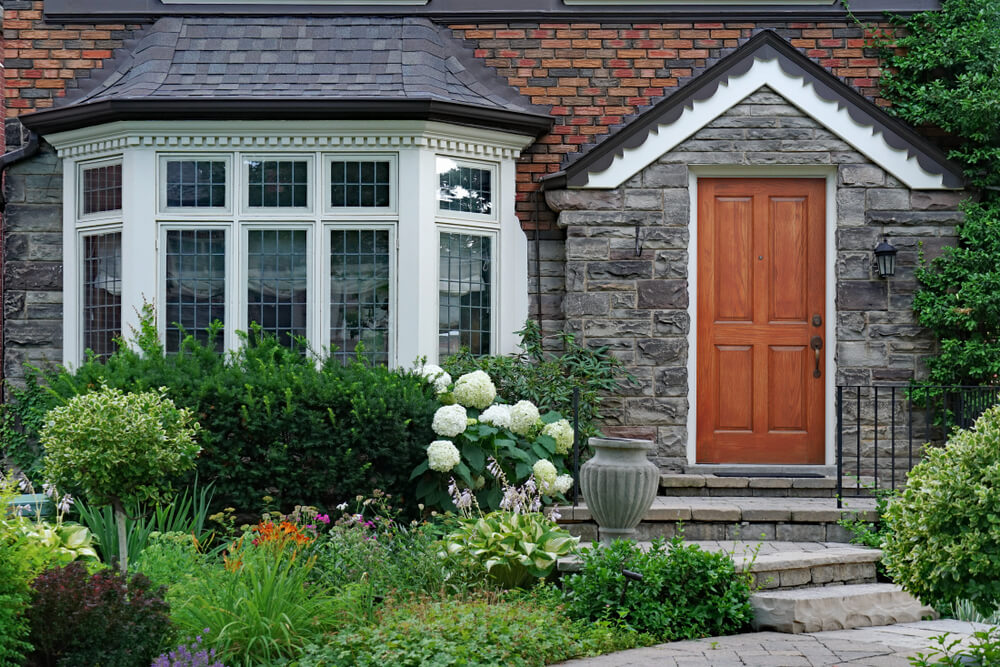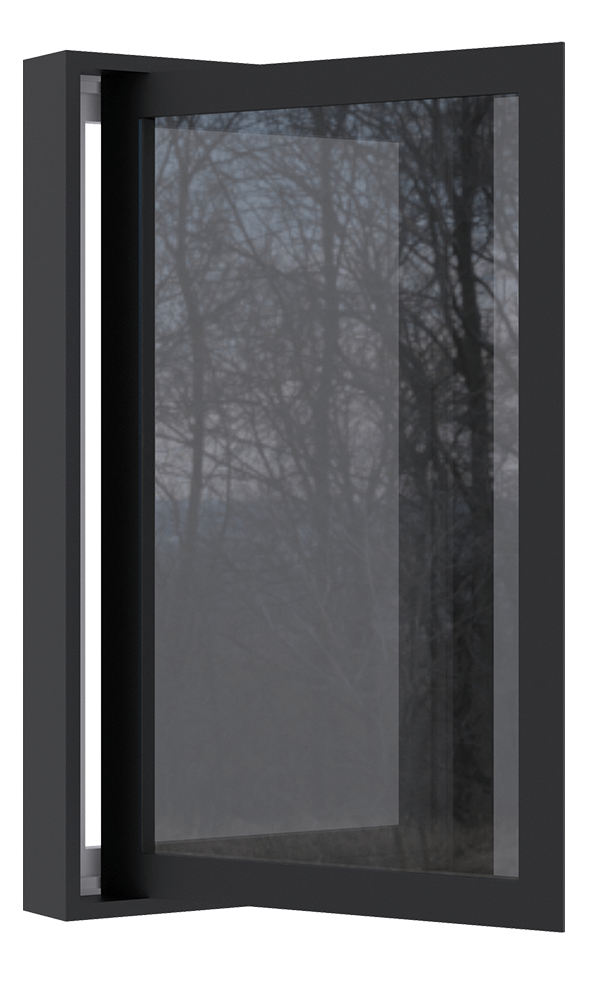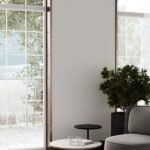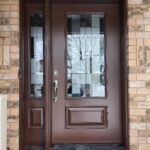
Bay Windows vs. Bow Windows: What’s The Difference?
When it comes to upgrading your home with elegant and functional windows, two popular choices often come to mind, bay windows vs bow windows. While they may seem similar at first glance, there are key differences between these two styles that can significantly impact the aesthetics and functionality of your living space.
Understanding Bay Windows
Bay windows are a classic choice that adds both charm and functionality to your home. They typically consist of three windows that extend outward from the exterior wall, creating a nook within your living space. This design not only provides an extended view of the outdoors but also offers a cozy seating area or additional storage space.
Benefits of Bay Windows
- Extended View: Bay windows offer a panoramic view of the surroundings, making them an ideal choice for homes with beautiful landscapes or architectural features.
- Additional Space: The projection of bay windows creates extra floor space within the room, allowing for versatile use such as a cozy reading nook or an indoor garden area.
- Ventilation Options: The operable side windows in a bay configuration allow for effective ventilation, improving air circulation within the room.
Limitations of Bay Windows
- Space Consumption: Bay windows extend further from the exterior wall, potentially limiting exterior space and impacting landscaping options.
- Limited Design Flexibility: The angular design of bay windows may not suit all architectural styles, making them more suitable for transitional or contemporary homes.
Exploring Bow Windows
Bow windows are known for their graceful curve and expansive glass panels. They typically comprise four to six windows of the same size and shape, creating a gentle arch that adds a touch of elegance to your home. Unlike bay windows, bow windows do not have hard angles, allowing for a more fluid and curved appearance.
Benefits of Bow Windows
- Enhanced Views: Bow windows provide broader and more sweeping views of the outdoors, making them an excellent choice for connecting with nature from within your home.
- Natural Light: The increased number of glass panels in bow windows floods your living space with natural light, creating a bright and welcoming atmosphere.
- Space Efficiency: Despite projecting from the wall, bow windows take up less interior space compared to bay windows due to their curved design.
Limitations of Bow Windows
- Higher Cost: Bow windows tend to be more expensive due to their larger size and increased number of glass panels.
- Complex Installation: The size and design of bow windows can make installation more challenging and may require professional expertise.
Key Differences Between Bay & Bow Windows
To help you make a more informed decision, let's compare these two window types across several key categories:
| Category | Bay Windows | Bow Windows |
|---|---|---|
| Number Of Panes | Three (Fixed center, operable sides) | Four to Six (Equal-sized) |
| Design | Angular with hard angles | Curved with no hard angles |
| Interior Space | Deeper alcove, suitable for additional seating or storage | Expanded area with a more seamless layout |
| Cost | Generally more budget-friendly | Tends to be more expensive due to larger size and panels |
| Installation | Easier due to simpler design | More complex due to size and curved structure |
| Natural Light | Slightly less due to fewer panels | Abundance of natural light due to more panels |
| Ventilation | Effective with operable side windows | More ventilation options due to additional panels |
Number of Window Panes
Bay Windows: Bay windows consist of three individual panes. The central pane is fixed (non-operable) and is typically a large picture window. Flanking it are two smaller windows, which can be either fixed or operable.
Bow Windows: In contrast, bow windows are composed of four to six equally-sized panes. These panes form a graceful curve, creating a more fluid appearance compared to the angular structure of bay windows.
Design
Bay Windows: Bay windows have a distinct angular design, giving them a classic and timeless look. They are well-suited for homes with transitional or contemporary architectural styles.
Bow Windows: On the other hand, bow windows are characterized by their graceful curve and absence of hard angles. This design feature adds an elegant touch and complements a wider range of architectural styles, including Victorian, Tudor, and other traditional designs.
Interior Space
Bay Windows: Bay windows create a deeper alcove within the room. This additional space can be utilized for various purposes such as a cozy seating area, a display shelf, or even for indoor plants.
Bow Windows: Bow windows provide an expanded area within your home. This layout seamlessly integrates with the rest of the room's design, offering a more spacious and fluid interior arrangement.
Cost
Bay Windows: Typically, bay windows are more budget-friendly compared to bow windows. Their simpler design and fewer panes contribute to a more cost-effective option.
Bow Windows: Due to their larger size and the increased number of glass panels, bow windows tend to be more expensive. The complexity of their installation and the additional materials required contribute to their higher cost.
Installation
Bay Windows: Bay windows are generally easier to install. Their simpler design and lighter weight make them more straightforward for professional installers, resulting in a smoother and quicker installation process.
Bow Windows: Installing bow windows can be more complex. Their larger size and curved structure require a higher level of expertise. Additionally, special considerations may be needed to ensure proper sealing and support.
Natural Light
Bay Windows: While bay windows provide natural light, the total amount may be slightly less compared to bow windows due to the presence of fewer glass panels.
Bow Windows: Bow windows excel in maximizing natural light. The increased number of glass panels allows for a generous infusion of sunlight, creating a bright and welcoming atmosphere.
Ventilation
Bay Windows: Bay windows typically come with operable side windows, offering effective ventilation options. These windows can be opened to allow fresh air to flow into the room.
Bow Windows: Bow windows may have more operable panels, providing a range of ventilation options. The additional panels enhance airflow, making them suitable for spaces where ventilation is a priority.
When choosing between bay windows vs bow windows, it ultimately comes down to your specific preferences, budget, and the architectural style of your home. Both options offer unique benefits, from cozy nooks to panoramic views, and can significantly enhance your living space's appeal. By carefully considering factors such as design, natural light, ventilation, interior space, cost, and installation, you can make an educated decision that perfectly suits your home and lifestyle.
Our dedicated team at Windowsville is more than happy to help you make a decision between bay windows vs bow windows. Call us today for expert advice and free quotations!
Replacing your
Windows & Doors?









